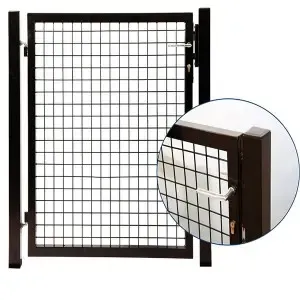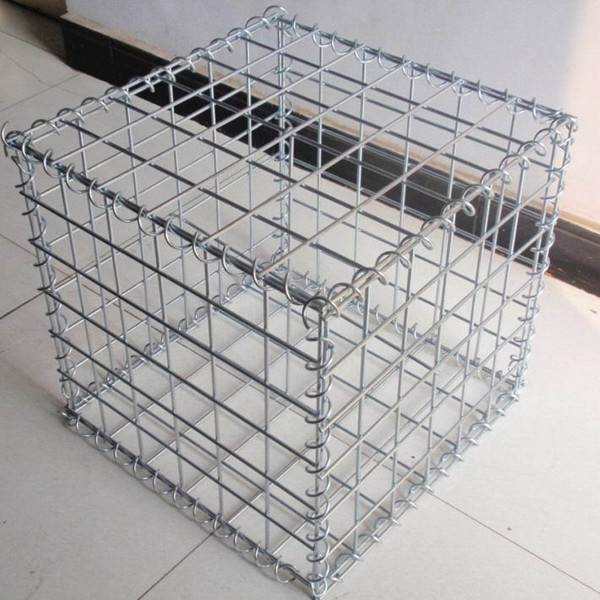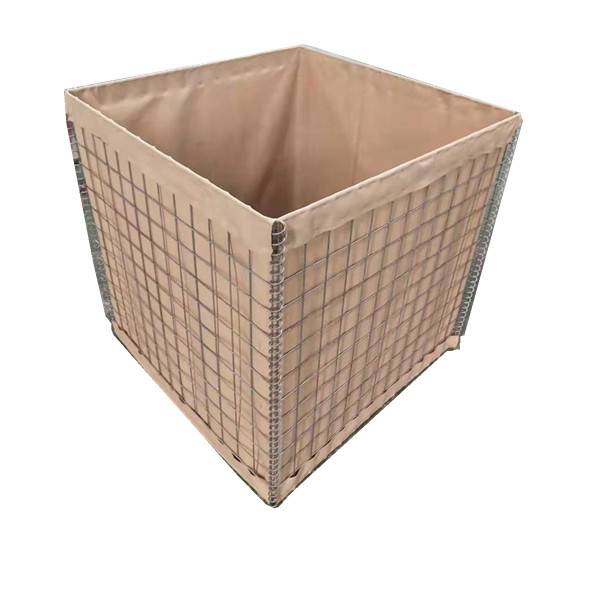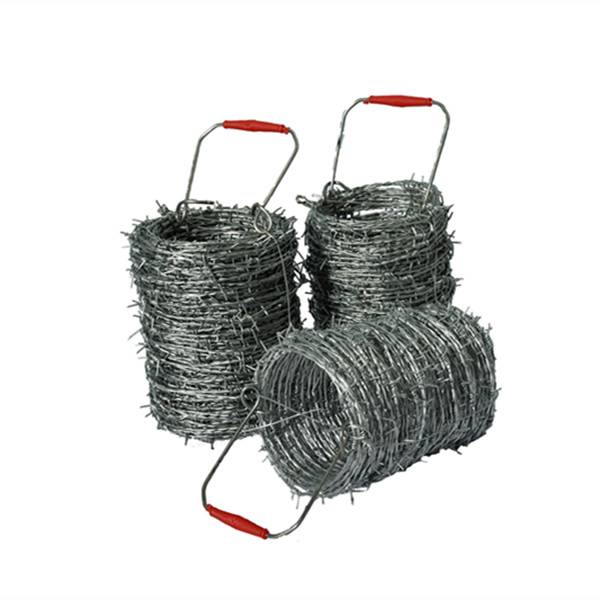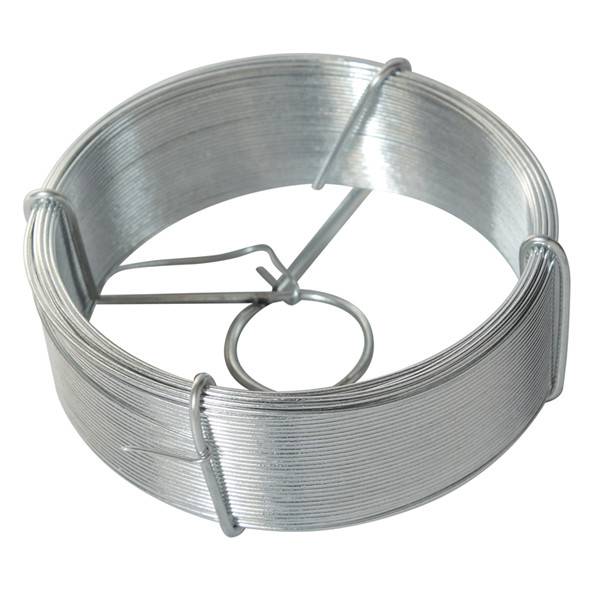
Oct . 14, 2025 16:19 Back to list
Pet Enclosures: A Space Barrier to Safeguard the Safety and Freedom of Cute Pets
Pet enclosures provide the ideal answer to ensuring pet safety while providing sufficient space for their activities in pet keeping. It is not only a tool to restrict the range of pet activities, but also a caring assistant to balance pet freedom and feeding management, playing an increasingly important role in modern pet life.
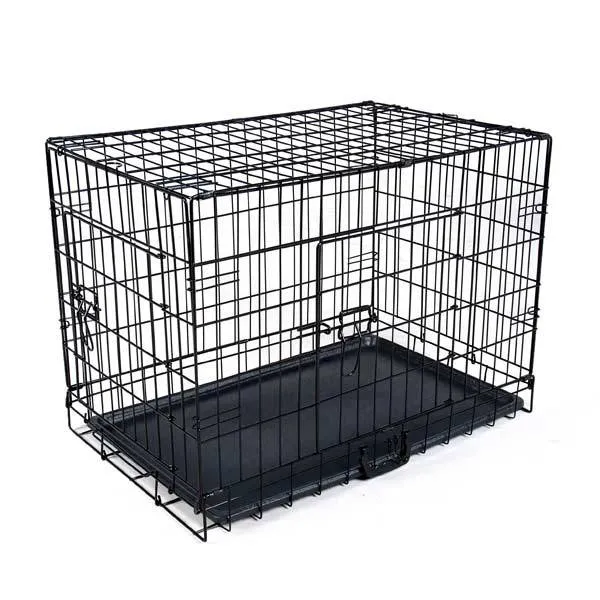
Pet Enclosures come in a variety of material options, each with its own unique features
Common ones include metal, plastic, wood, and fabric. Outdoor pet enclosures are often made of stainless steel or galvanized steel, which are sturdy, durable, and have strong impact resistance. They are suitable for lively and active pets such as large dogs, and can effectively prevent them from colliding and escaping; Plastic fences are lightweight, colorful, easy to install and disassemble, and more suitable for small pets such as dogs and cats. They are also easy to clean; Wooden fences have a natural texture that can blend into the home environment, making them suitable for families who pursue both aesthetics and practicality. However, they need to undergo anti-corrosion treatment to cope with pet bites; The fabric fence is soft and lightweight, with good portability, suitable for temporary isolation or outdoor use, providing a comfortable temporary space for pets.
Pet Enclosures focus on the combination of humanization and functionality in their design
The height of outdoor pet enclosure can be adjusted according to the breed and habits of the pet. For pets with strong jumping ability, higher fences will be designed to prevent them from climbing over; The connection of the fence is treated with a curved transition to prevent pets from being scratched; Some fences are equipped with switchable small doors, making it convenient for pets to enter and exit and for owners to feed. In addition, the folding design makes it convenient to store the fence without taking up too much space, especially suitable for small households.
Pet enclosures have a wide range of applicable scenarios and can meet different feeding needs
In the home, a dedicated pet activity area can be designated to prevent pets from damaging furniture or ingesting dangerous goods; During pet training, it is possible to define the training scope and help pets develop good habits; When camping or traveling, the portable folding outdoor animal enclosure can create a temporary safe space, allowing pets to move freely outdoors without getting lost. For families with multiple pets, fences can also be used for zoning management to avoid conflicts between pets.
With the upgrading of pet breeding concepts, Pet Enclosures are also constantly innovating
Intelligent animal enclosures incorporate sensing technology, which emits a gentle alert sound when pets approach the edge of the fence, guiding them to move within a safe range; The application of environmentally friendly materials has become a trend, using fences made of recyclable plastics, natural wood, etc., which are both environmentally friendly and harmless to pet health; Some fences also incorporate pet toy functions, allowing pets to enjoy themselves inside the fence.
In short, Pet Enclosures have become an important tool for modern pet keeping with their diverse materials, user-friendly design, wide range of applicable scenarios, and continuous innovation. It not only ensures the safety and freedom of pets, but also brings convenience to pet owners, balancing the relationship between pet keeping and family life, and playing a unique and important role in the lives of pets and owners.
Pet Enclosures FAQs
-
Selection and arrangement of Pet Enclosures
Hamsters are nocturnal small animals, and it is recommended to choose cages with deep chassis and good ventilation (such as glass jars or wire cages). The substrate thickness should be at least 5cm to facilitate their drilling; At the same time, running wheels (diameter ≥ 20cm), shelters, and grinding toys should be equipped. Avoid using plastic pipes as they can breed bacteria and have poor ventilation. Retain some old padding during regular cleaning to reduce stress on hamsters caused by environmental changes.
-
Precautions for Pet Enclosures
Rabbits require at least 2 square meters of activity space, and it is recommended to use a fence with a height of at least 60cm to prevent jumping and escaping. Lay soft cushions or grass blankets on the ground to protect their joints. Be sure to provide grass racks, water kettles, and toilet areas (for training designated defecation). Be aware that items such as wires, furniture legs, etc. that may be bitten should be isolated, otherwise they may pose a risk of intestinal blockage.
-
The Golden Rule of Pet Enclosures
The width of the birdcage should be greater than its height to facilitate spreading wings (for example, a tiger parrot needs to be at least 60cm long). Choose stainless steel or lead-free baking paint as the material to avoid zinc poisoning. The cage is equipped with different heights of perches (of varying thickness, for grinding claws), kept away from kitchen fumes and direct air conditioning. Fly out of the cage for 12 hours every day, paired with a climbing frame to meet exercise needs.
-
Guide to Avoiding Pits for Turtle Farming in Pet Enclosures
Land turtles and water turtles have different needs: the land turtle box requires UVB light and heating pad, while the water turtle requires water area and sun drying platform (with a water level of at least twice the height of the carapace). Prohibit sharp landscaping stones to prevent scratching of the abdominal armor. The recommended filter flow rate is 35 times the water volume to maintain water quality. Young turtles need to supplement calcium once a week, while adult turtles require a hibernation environment (510 ℃ moist coconut soil).
-
Safety design of Pet Enclosures
The foundation of the dog enclosure needs to be buried with a 30cm deep anti dig hole, and the top should be equipped with a net to prevent climbing (especially for border collie and other dogs). The material is galvanized steel pipe, and the spacing is adjusted according to the body shape (puppy ≤ 10cm). It is recommended to have a fully enclosed ceiling for outdoor cat gardens, with a cat jumping platform and observation window. Pay attention to checking the fence for burrs and planting non-toxic plants (such as catnip and wheat grass) to increase interest.
-
Custom Weld Mesh – Tailored Solutions for Durable Industrial Fencing & Construction
NewsNov.24,2025
-
Comprehensive Guide to Chicken Welded Wire Mesh: Uses, Benefits & Suppliers
NewsNov.23,2025
-
BRC Weld Mesh – Durable Reinforcement Solutions for Modern Construction
NewsNov.23,2025
-
Durable BRC 3315 Mesh for Reliable Concrete Reinforcement | Hardware In Store
NewsNov.23,2025
-
Discover the Benefits of Green Weld Mesh – Durable, Sustainable Fencing Solutions
NewsNov.22,2025
-
Electro Welded Mesh: Durable, Versatile Steel Grid Solutions | HardwareInStore
NewsNov.22,2025
Products categories





